Safer and easier route to old and new actinide complexes uses phenylsilane as a hydride source
Scientists in the US have shown that phenylsilane is a safer and more convenient replacement for hydrogen gas when synthesising uranium and thorium hydrides.

Thorium and uranium are the most abundant actinoid elements. Although many stable thorium and uranium oxides and minerals are found in nature, the other actinoids are almost exclusively found in nuclear waste. Understanding actinoid chemistry has important practical applications in the nuclear industry but it is also fundamentally fascinating as the actinoid f electrons are so unlike those of the lanthanoids. Scientists need to make and study actinoid complexes with different oxidation states and with different ligands to understand their chemistry. Unfortunately, organometallic actinide chemistry can be quite challenging as organoactinide complexes will react – sometimes violently – with air or water, meaning that specialist equipment is needed to make and store them safely.
The most common route to organoactinide chemistry is through actinide hydride complexes. Until now, these were only accessible by reacting metal alkyls with a pyrophoric reducing agent, such as potassium graphite, or under hydrogen gas at high pressures and temperatures. In industry, stringent safety regulations require expensive infrastructure to use hydrogen gas in chemical reactions – no one likes to risk a fire when working with radioactive materials! ‘Working with hydrogen isn’t always practical,’ explains Jaqueline Kiplinger, from the Los Alamos National Laboratory. She had the idea to replace hydrogen with phenylsilane – a known hydride source. ‘Being precise on an NMR scale with hydrogen is tricky but phenylsilane is a liquid, so it’s much easier to be able to use a syringe and “dump” the hydride source into the reaction,’ she says.
This new route generates the actinide hydrides in solution at 50°C. Kiplinger and her co-workers tested the usefulness of this system with a series of one-pot reactions to make a range of known compounds in high yields – in some cases in higher yields than the traditional synthesis.
‘This is a valuable study,’ says Steve Liddle, co-director of the Centre for Radiochemistry Research at the University of Manchester, UK. ‘The chemistry of f block hydrides needs to be extended as they are relatively poorly known in number and understanding – anything that enables access in a routine way is welcomed.’
Kiplinger is excited to get such powerful reduction chemistry that is also convenient, easy and simple: ‘We need to see if this system can translate into the lanthanoids or transuranic elements and if it can work on more than the metallocenes.’ Liddle agrees: ‘This reagent can give widespread access to previously unobtainable hydrides and open the door to more families of molecules, inspire new syntheses and provide an alternative methodology to using dihydrogen.’
References
This article is free to access until 23 December 2015
J K Pagano et al, Chem. Commun., 2015, DOI: 10.1039/c5cc06856h

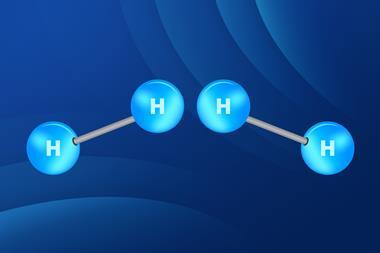
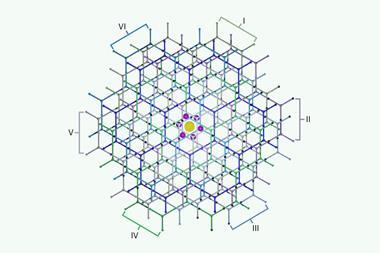
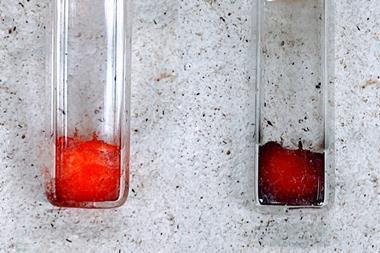
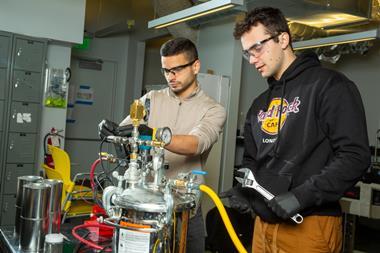
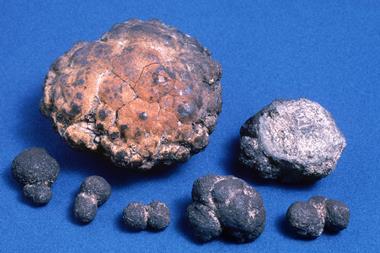






No comments yet